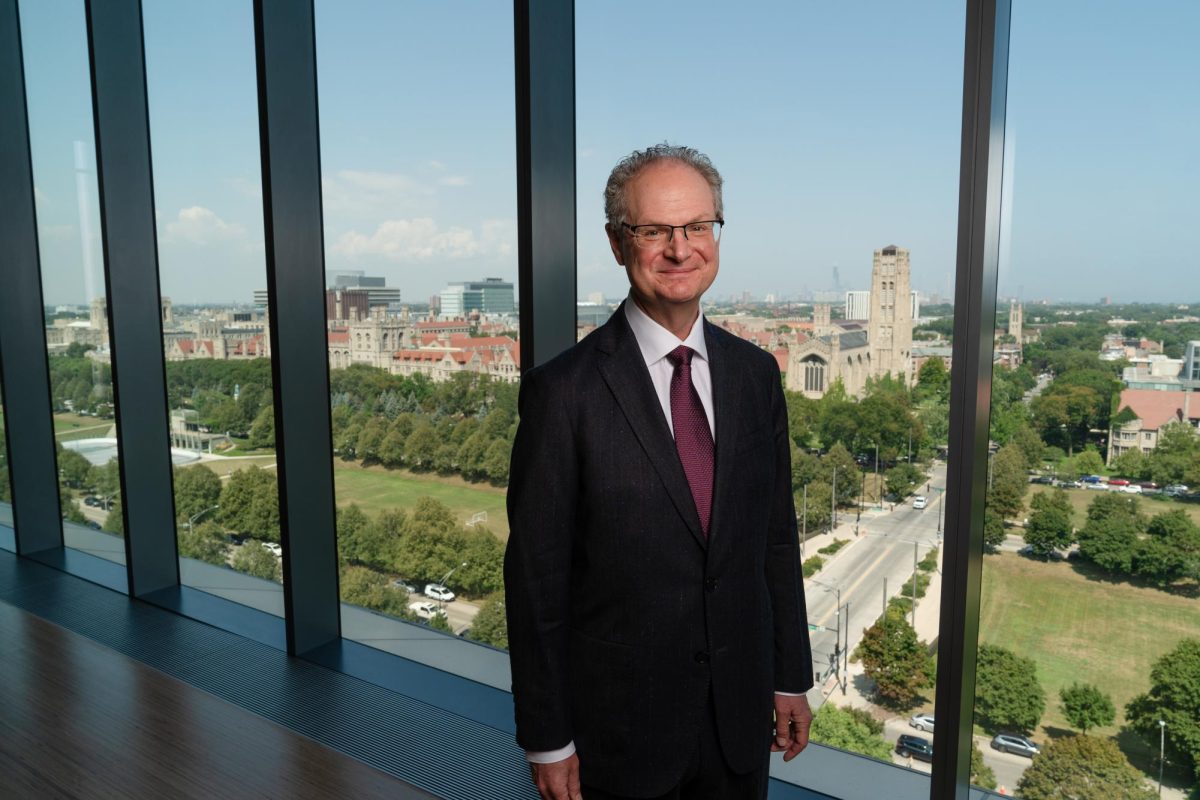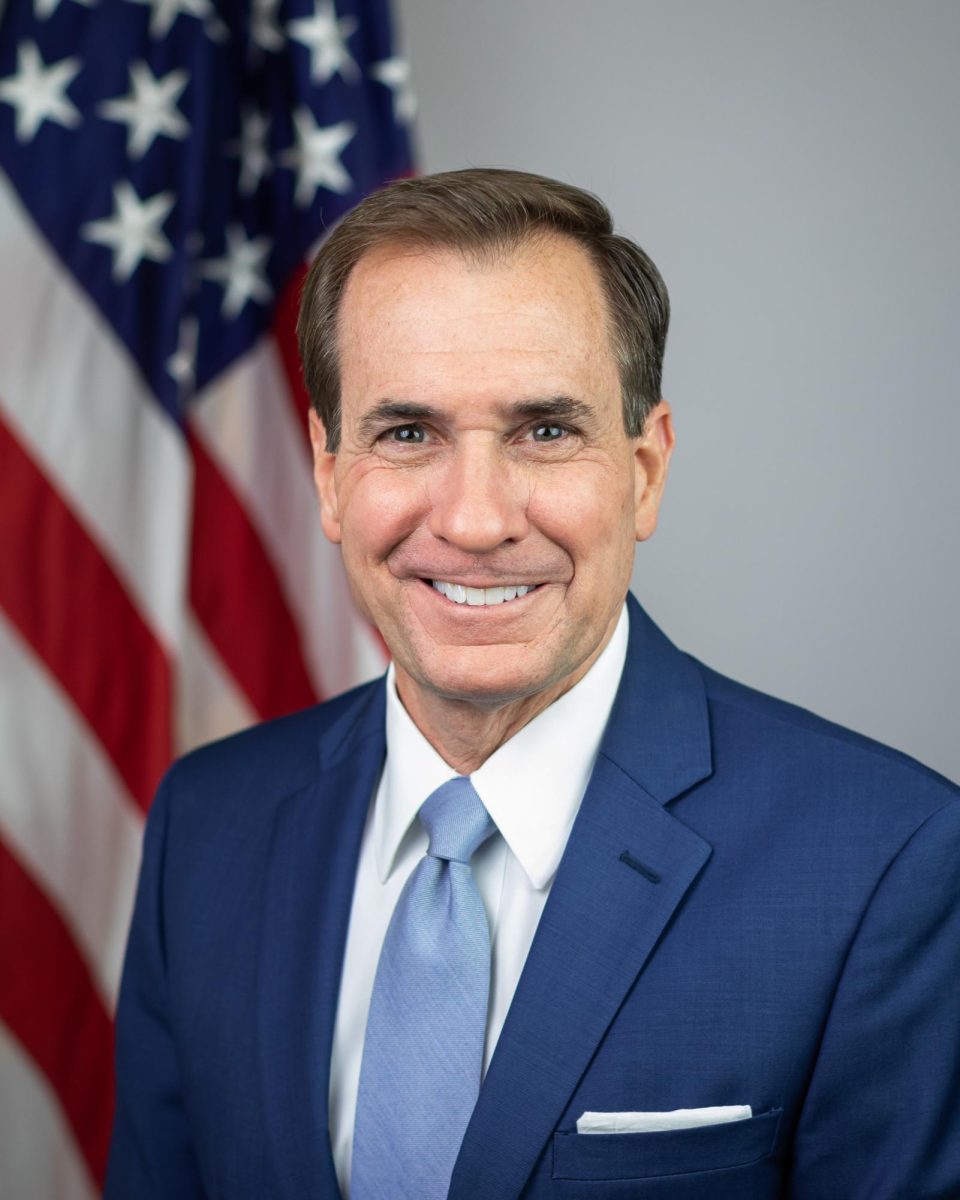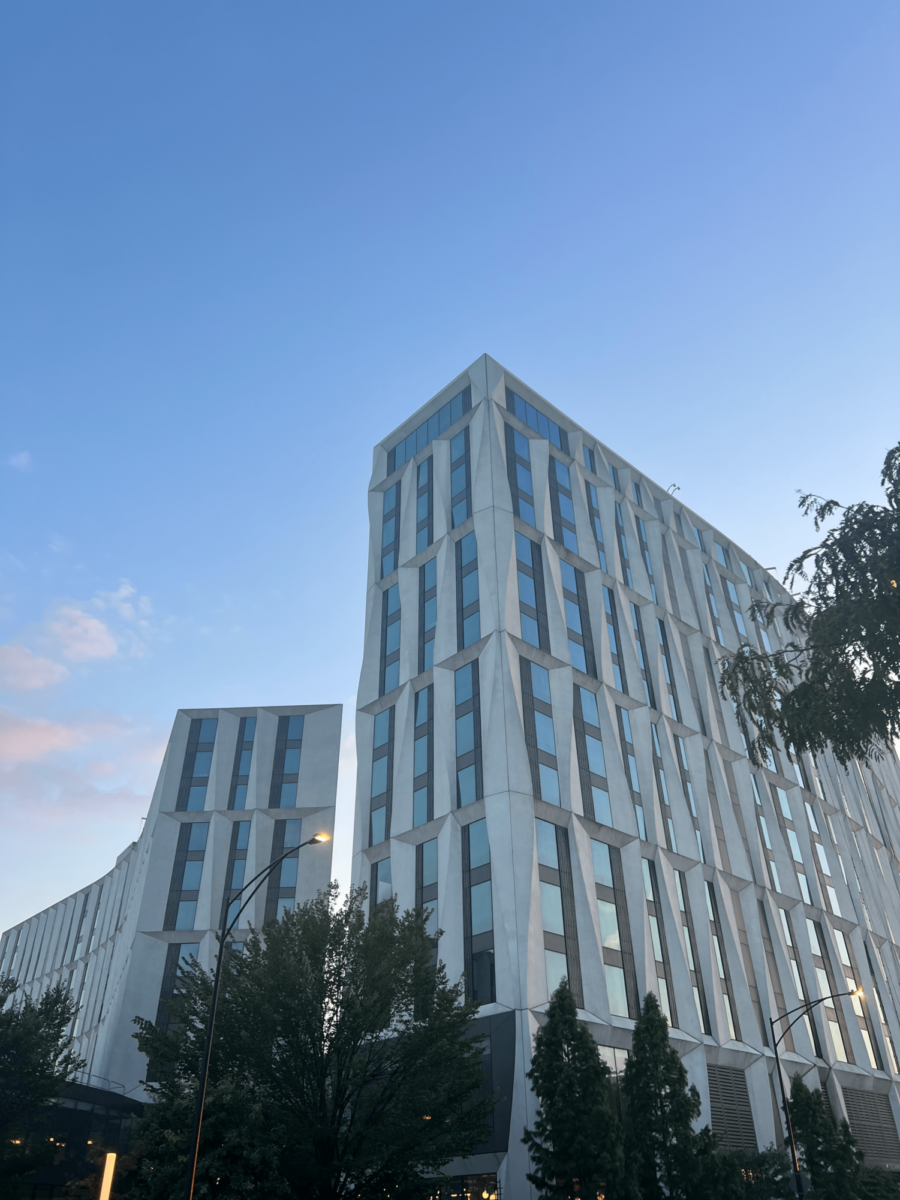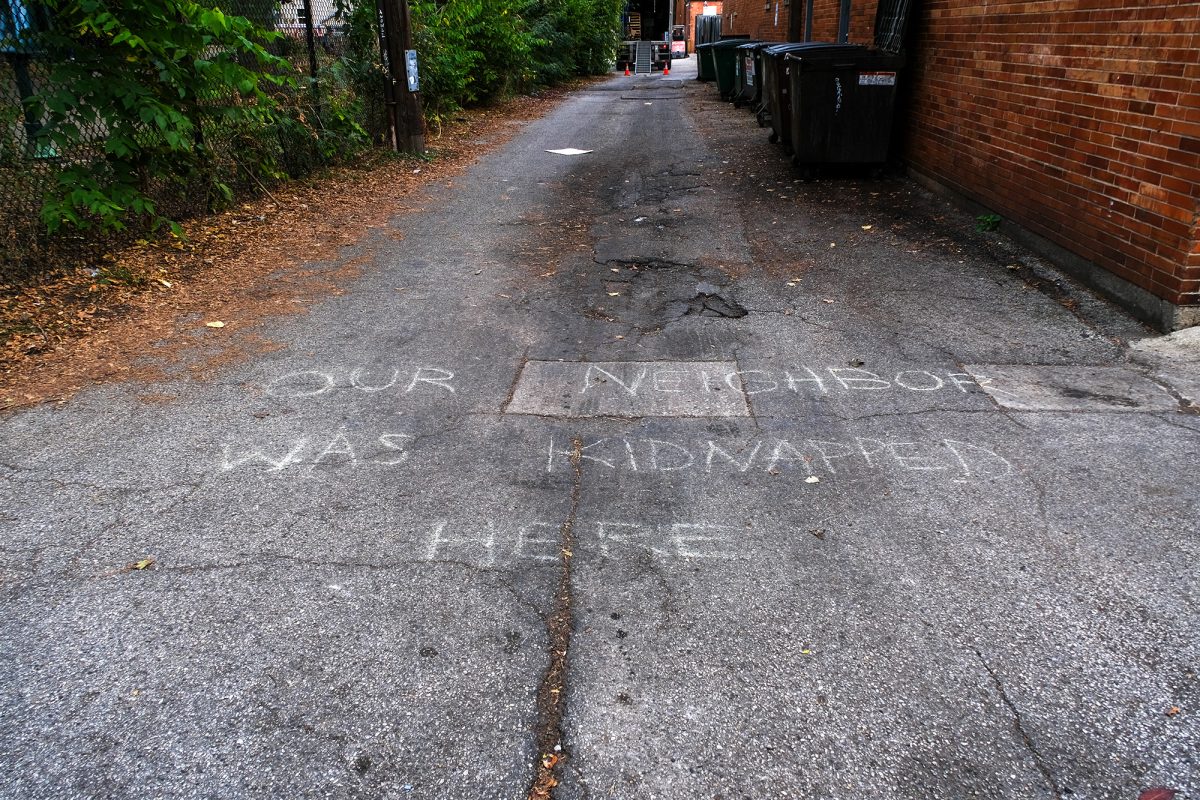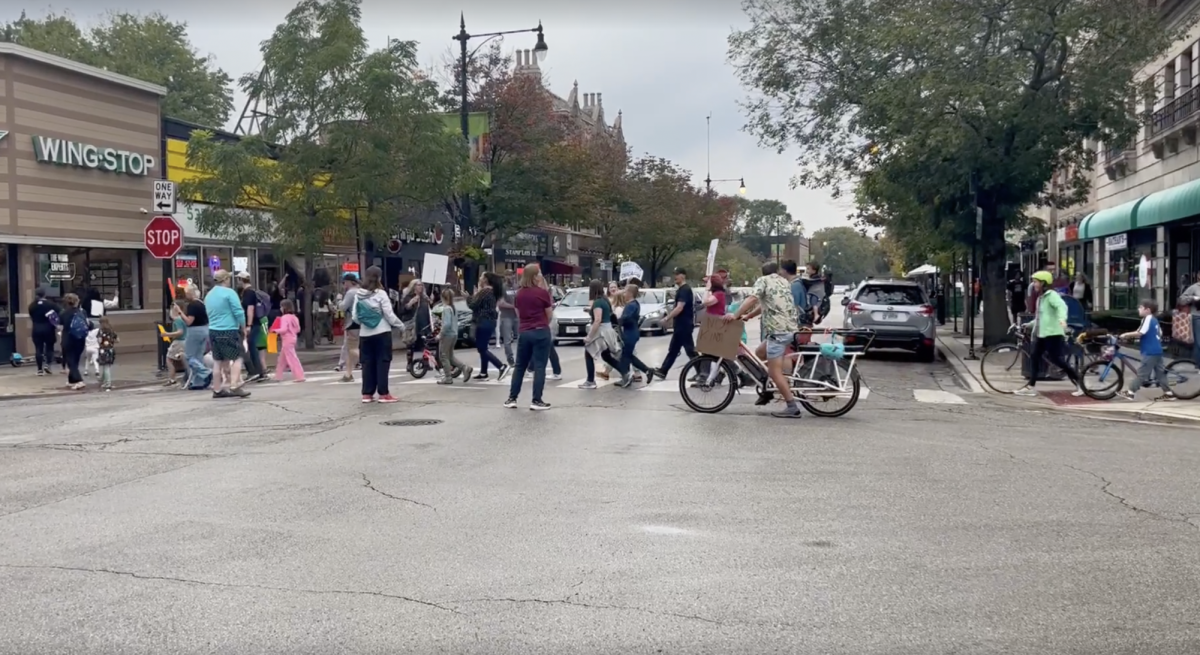Students and administrators met with architects of the new work-in-progress Diversity Center on Tuesday to discuss the next step in the building’s design and renovation process.
Located at the corner of East 57th Street and South Woodlawn Avenue, the Diversity Center will be the new home of the Office of Minority Student Affairs (OMSA), the Amandla Center, the office of Queers & Associates, and the LGBTQ Resource Center. The building is currently in its third year of planning and is expected to open “sometime during the ’07–’08 school year,” said Bill Michel, assistant vice president for Student Life in the University and associate dean of the College.
The Center is partially the result of recent University studies conducted by students and staff that found that current minority and LGBTQ programs and resources are insufficient and required more space at a central location on campus. The University also found that the current Amandla Center, located on the mezzanine level of Harper, failed to foster a dynamic environment that would create a sense of belonging.
The three-story building, designed to be a student hangout, will be outfitted with televisions, unisex restrooms, a kitchenette, and e-mail kiosks. It will contain three lounges, four conference rooms, and RSO offices will be located in the basement.
“We want it to be a student-friendly space…[and to] provide a safe haven for people,” said Kathy Forde, co-director of the LGBTQ College Mentoring Program.
“I envision a place where all members of the community can come to celebrate diversity,” said Michel, adding that he views the Diversity Center as one in “an important set of student-centered spaces,” such as the Reynolds Club and the new Hillel Center, that would comprise a “student village.”
“We’re really excited about this center,” said Jonathan Rosa, a graduate student on the student advisory board. “We see it in many ways as a first step.… [It’s] exciting because it displays a physical commitment.”
Rosa pointed out that “institutional spaces where people feel comfortable and welcome” are important factors for the retention of minority students, and that peer institutions have full-time LGBTQ centers.
“I know the University would like to frame this as something they’ve been committed to for a long time—I don’t buy it,” he said. “This is something that should have happened a long time ago.”
Ana Vasquez, director of OMSA, said she agreed. “The University realized we were behind on issues related to diversity,” she said. “The work now in the last couple years has been trying to get us up to speed.
“When it comes to African-American students on campus there’s a recognized need to improve those services, and we’re on the path to that now,” Vasquez said.
Sarah Bouchat, a member of the student advisory board for the Diversity Center, said the lack of feedback made it difficult to represent minority student planning wishes.
“Because we don’t have these large community meetings every day, we develop our ideas mostly on our own and hope they represent the majority of the people who will be using the space,” she said.
Gary Lee, also on the student advisory board, said he agreed that more community input is needed. He urged more students to get involved in the project by talking to board members, talking to OMSA, and participating in open student meetings.
“There’s a lot of good work,” Vasquez said. “There’s still a lot more that we need to do as an institution.”
“The U of C has a lot of accounting to do for the difficulties it has had with support and retention with students of color and LGBTQ communities,” Rosa said. “I want to see how they’ll build from this effort to make a serious commitment.”




